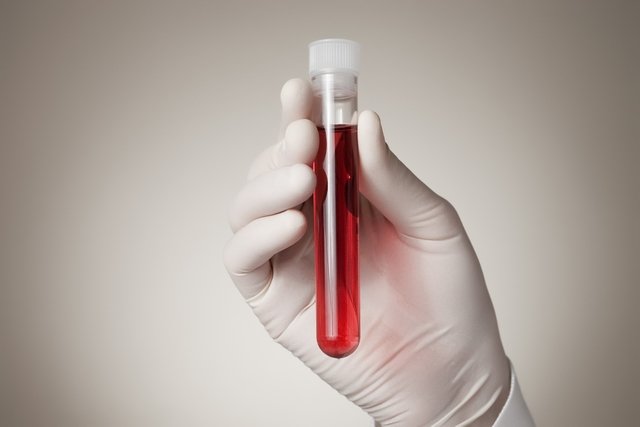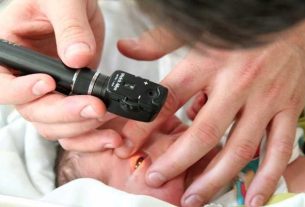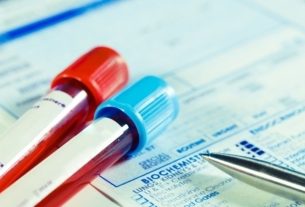Rheumatoid factor is an autoantibody that can be produced in some autoimmune diseases and that reacts against IgG, forming immune complexes that attack and destroy healthy tissues, such as joint cartilage, for example.
The rheumatoid factor test is carried out by analyzing a small blood sample, which must be collected and sent for analysis in a laboratory, where the latex, waaler-rose test or automatic tests can be carried out.
Therefore, the identification of rheumatoid factor in the blood is important to investigate the presence of autoimmune diseases, such as lupus, rheumatoid arthritis or Sjögren’s syndrome, which normally present high levels of this protein.

How the exam is carried out
The measurement of rheumatoid factor is done using a small blood sample that must be collected in the laboratory after fasting for at least 4 hours. The blood collected is sent to the laboratory, where the test will be carried out to identify the presence of rheumatoid factor.
Depending on the laboratory, the identification of rheumatoid factor is done using the latex test or the Waaler-Rose test, in which a specific reagent is added to check whether there is the formation of lumps after 5 minutes, which is indicative of rheumatoid factor. .
As these tests may require more time, the automatic test, known as nephelometry, is more practical in laboratory practices, as it allows several tests to be carried out at the same time and the dilutions are made automatically, with only the laboratory professional and the doctor being informed. the exam result.
How to understand the result
The results of the rheumatoid factor test may vary depending on the test that was performed. If the Waaler-Rose test or latex test was performed, the result is given in the form of a titer, with a titer of up to 1:20 being considered normal.
However, results greater than 1:20 do not necessarily indicate rheumatoid arthritis, and the doctor should request other tests.
On the other hand, when the exam is done automatically, the reference values can be:
- Normal or non-reactive: less than 20 IU/mL;
- Weakly reactive or weakly positive: between 21 and 79 IU/mL;
- Reactive or positive: equal to or greater than 80 IU/mL.
In the presence of weakly positive or positive results, it is important to inform the doctor so that other tests can be recommended to identify the cause of the change.
What can be altered rheumatoid factor
The rheumatoid factor test is positive when its values are above 1:80 or equal to or greater than 80 IU/mL, which is suggestive of rheumatoid arthritis. See other tests for rheumatoid arthritis.
Other situations in which there may be a change in rheumatoid factor are:
- Lupus erythematosus;
- Sjögren’s syndrome;
- Vasculitis;
- Scleroderma;
- Tuberculosis;
- Mononucleosis;
- Syphilis;
- Malaria;
- Liver problems;
- Heart infection;
- Leukemia.
However, as the rheumatoid factor can also be altered in healthy people, the doctor may order other tests to confirm the presence of any of the diseases that increase the factor. Because the result of this exam is quite complex to interpret, its result should always be evaluated by a rheumatologist.
Bibliography
- BIOCLIN. Rheumatoid factor. Available at: <https://quibasa.bioclin.com.br/anexos/INSTRUCOES_FATOR_REUMATOIDE.pdf>. Accessed on April 29, 2021
- APTEC. Rheumatoid factor. Available at: <http://www.kovalent.com.br/wp-content/uploads/2015/10/FATOR-REUMAT%C3%93IDE-3GER-APTEC.pdf>. Accessed on April 29, 2021

Sign up for our newsletter and stay up to date with exclusive news
that can transform your routine!
Warning: Undefined array key "title" in /home/storelat/public_html/wp-content/plugins/link-whisper-premium/templates/frontend/related-posts.php on line 12
Warning: Undefined array key "title_tag" in /home/storelat/public_html/wp-content/plugins/link-whisper-premium/templates/frontend/related-posts.php on line 13



